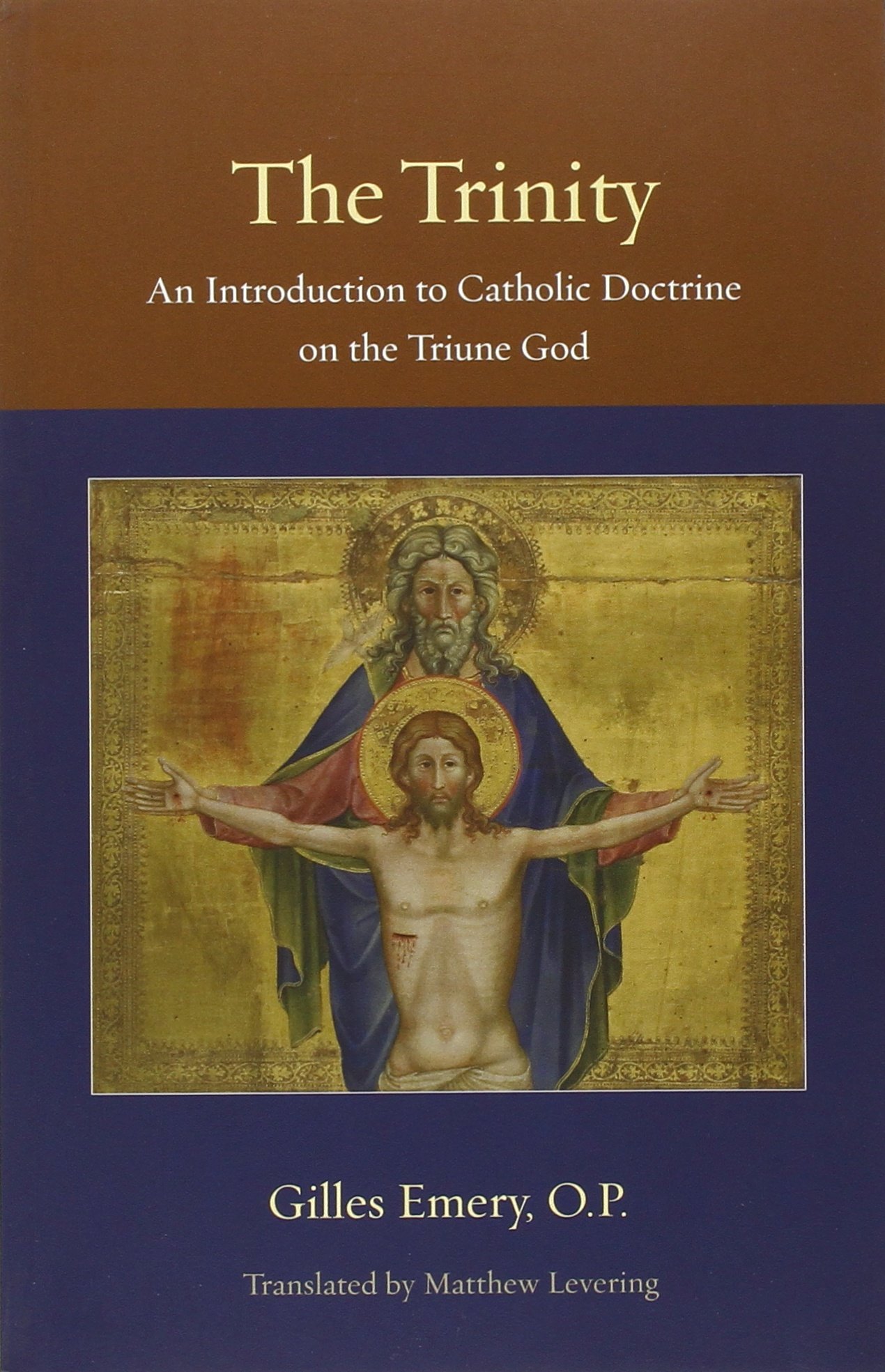A Brief Book Summary from Books at a Glance
Author Notes
Gilles Emery, A Dominican priest of the Swiss province of Preachers, is professor of dogmatic theology at the University of Fribourg. He is an elected member of the International Theological Commission and the author of several books.
Table of Contents
Translator’s Forward
Abbreviations and References
Introduction
- Entering into Trinitarian Faith
- The Revelation of the Father, Son, and Holy Spirit
- The Confessions of Trinitarian Faith
- Three “Persons” or “Hypostates”
- Doctrinal Synthesis on the Father, Son, and Holy Spirit
- Returning to the Creative and Saving Action of the Trinity
Conclusion
Glossary
Summary
Chapter One: Entering into Trinitarian Faith
The doctrine of the Trinity is unique among the church’s possessions on account of two factors: 1) it is a doctrine known and experienced exclusively by divine revelation, particularly, the revelation of Christ’s incarnation and instruction; and 2) God himself in his true nature and character is revealed by this doctrine. As Emery states, “In the events of salvation, God the Trinity gives not merely ‘something,’ but rather he gives himself.”
For Emery, a Roman Catholic scholar, the Church liturgy is the chief means through which people can experience and enjoy God as Three-in-one. The Eucharist in particular is the means by which the Holy Spirit maintains our regeneration, a Trinitarian act that transforms our hearts to see, savor, and enjoy God in himself.
Having quoted Scripture at various points, Emery now turns to the Church liturgy as an authoritative source for unpacking Trinitarian doctrine and practice. Drawing from several traditional doxologies, Emery makes a number of doctrinal points based on their wording. These include: 1) the phrase “in the name of” invites us into personal union with the triune God as befits the purpose of Trinitarian revelation, a revelation of himself to us; 2) variations in expressing the Trinity by coordination (the Father, and the Son, and the Spirit) or by instrument (we know the Father, through the Son, and by the Holy Spirit) each reflect ways of talking about the oneness and threeness of the Godhead.
Returning to biblical sources, Emery reflects on two different but ultimately complimentary ways the Trinity is revealed to us through Christ. On the one hand, we might say the Trinity is revealed most pointedly in the exaltation of Christ following his passion. Christ’s exalted position at the right hand of the Father and the bequeath of the Holy Spirit puts Trinitarian realities into sharp relief. On the other hand, as Jesus’ baptism makes clear, the Trinity is the only way to even begin to understand Jesus’ redemptive vocation. Yet what is common to both is the work of the Holy Spirit who provides the window through which we see the Trinitarian relations at the beginning or at the end of Jesus’ earthly ministry.
Emery closes the chapter by assuring his readers that the Bible, though often demanding on our understanding, nonetheless speaks about issues pertaining to our salvation—the Trinity included—with a clarity accessible to all. As Emery says, “all that is necessary for salvation is expressed somewhere in a clear and manifest manner.”
Chapter Two: The Revelation of the Father, Son, and Holy Spirit
Emery’s goal in this chapter is to defend the received doctrine of the Trinity with the exclusive warrant of Scripture. He looks first at how Scripture develops the person of the Father. The revelation of the Father in the New Testament serves two purposes. First, it establishes a continuity between the New Testament description of God with the God revealed in the Old Testament. Secondly, however, it necessarily implies a unique, exclusive and ontological
[To continue reading this summary, please see below....]The remainder of this article is premium content. Become a member to continue reading.
Already have an account? Sign In
